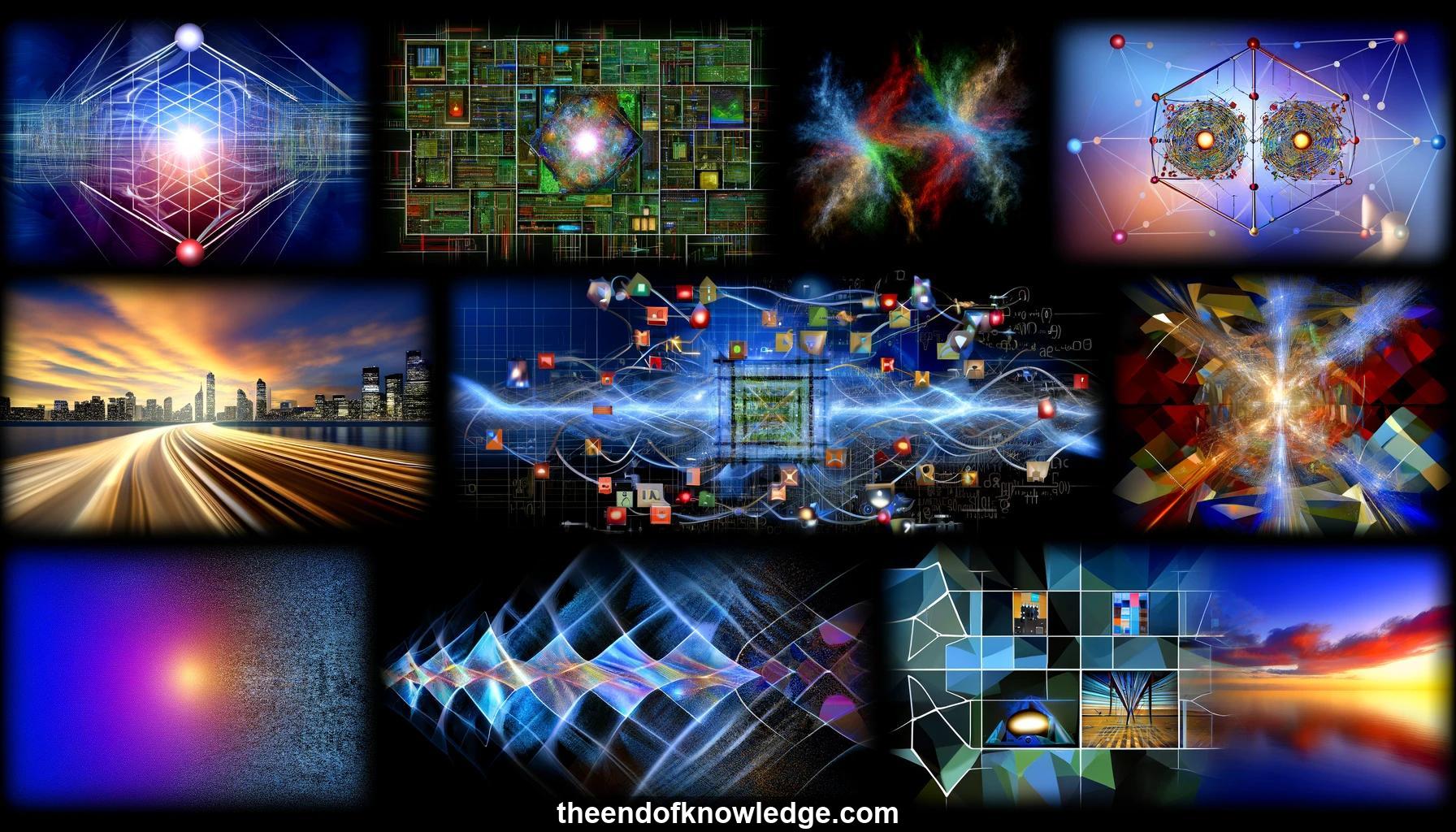 >
>
Concept Graph & Resume using Claude 3.5 Sonnet | Chat GPT4o | Llama 3:
Resume:
1.- Quantum computing is a fundamentally different way of performing computation that can provide much faster solutions for certain tasks compared to classical computing.
2.- New algorithmic solutions need to be invented specifically for quantum computers, as it is a very different way of encoding and processing information.
3.- Quantum machine learning (QML) is both the most overhyped and underestimated field in quantum computing, with conflicting views on its potential impact.
4.- With sufficiently large quantum computers, QML can offer provable theoretical advantages for applications like supervised/unsupervised learning, classification, clustering, recommendation systems, boosting, expectation maximization.
5.- Work is being done to reduce the resource requirements of impactful QML algorithms to bring them closer to near-term reality on quantum hardware.
6.- QML software and quantum hardware are being developed in parallel, allowing for co-design of hardware architectures tailored for QML applications from the start.
7.- Near-term quantum computers will be noisy, but QML may be able to handle this inherent computational noise since classical ML already deals with noisy data.
8.- Quantum linear algebra (matrix multiplication, inversion, eigendecomposition, linear systems) is a powerful yet subtle tool that can provide speedups and is used in QML.
9.- A simple procedure using quantum states can estimate Euclidean distances between points in time logarithmic in the dimension, enabling fast similarity-based classification if data is efficiently loaded.
10.- Quantum procedures for dimensionality reduction (PCA, LDA, SFA) using linear algebra can map data to a lower-dimensional space where classification is more efficient.
11.- Singular value estimation is a key quantum primitive that can efficiently estimate eigenvalues of a matrix given access to its eigenvectors, with runtime depending on matrix properties.
12.- Singular value estimation enables fast quantum matrix multiplication, inversion, and linear system solvers used for applications like recommendation systems.
13.- The quantum recommendation system algorithm gives a theoretical exponential speedup over classical methods, but the quantum-inspired classical algorithm casts doubt on an actual exponential practical advantage.
14.- More work is needed to translate theoretical quantum speedups for recommendation systems into real practical speedups; the quantum vs classical verdict has not substantially changed.
15.- Various architectures have been proposed for quantum neural networks - parameterized quantum circuits trained to perform classification, mimicking classical neural networks.
16.- The main challenge in quantum deep learning is either finding quantum neural network architectures with provable performance guarantees or ways to train classical networks faster using quantum computers.
17.- Quantum data loaders are needed to efficiently convert classical data into quantum states that algorithms can process; several hardware and algorithmic approaches are being developed.
18.- Recent work shows quantum circuits can prepare quantum states corresponding to classical vectors in logarithmic depth after reading the data once, facilitating QML applications.
19.- Quantum algorithms can not only load classical data, but speed up the mapping of data between spaces using linear algebra, which is often a bottleneck.
20.- The k-means clustering algorithm can be accelerated using quantum subroutines for distance estimation and centroid updating via linear algebra.
21.- Quantum methods have been extended to other unsupervised learning methods like expectation maximization and spectral clustering.
22.- Quantum algorithms for reinforcement learning, such as quantum policy iteration using linear systems, are a promising direction as the problems are well-suited to quantum speedups.
23.- The key question for QML is not about exponential vs polynomial speedups, but about attaining practical speedups for real-world problem sizes.
24.- Complexity comparisons between quantum and classical state-of-the-art ML algorithms show potential for substantial quantum speedups with increasing data dimension, a promising initial sign.
25.- Powerful but subtle quantum tools like linear algebra require significant work to understand and apply correctly to QML; more research is needed on promising areas.
26.- Focusing on practical quantum solutions to real-world ML problems is crucial; finding early QML applications is challenging but worth pursuing.
27.- QML should not be overhyped as a panacea nor underestimated as dead on arrival; putting in the hard research work is necessary for progress.
28.- Collaboration between the quantum computing and classical ML communities will be essential for finding practical QML solutions.
29.- The speaker, a quantum algorithms researcher, is optimistic about QML's potential and is actively working to advance the field.
30.- Much more work remains to be done to bring QML to fruition, but steady progress is being made on both theoretical and practical fronts.
Knowledge Vault built byDavid Vivancos 2024